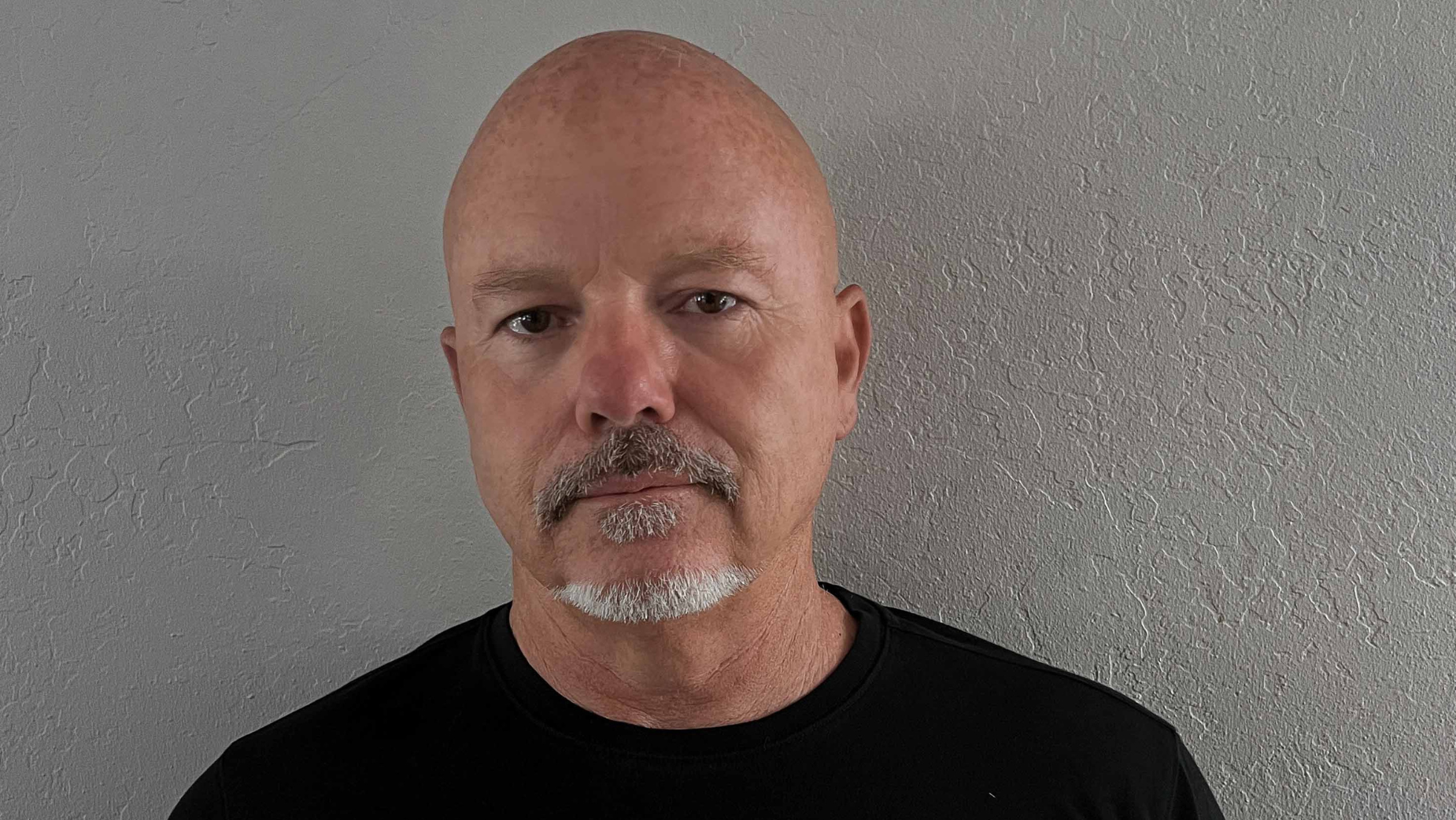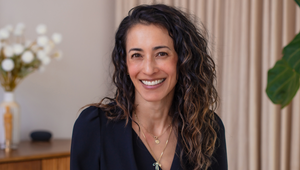
Making the Grade: Sean Coleman's Balance of Boldness and Longevity

Based at Company 3 Los Angeles. Available virtually through any Company 3 Virtual Outpost. Sean Coleman is a versatile and skilful colourist who has worked with some of the most talented and respected filmmakers, both in short and long-form projects, in his 15-year tenure at Company 3. He coloured Netflix’s viewer-record-setting thriller, 'Bird Box'; he completed two seasons of Amazon’s popular espionage drama, 'Patriot'; and he coloured the entirety of HBO’s comedy series, 'Crashing'.
He has worked with some of the world’s most respected commercial directors on hundreds of spots for dozens of major national and international brands, including Dove’s 'Real Beauty Sketches' campaign, which became a viral sensation and received Adweek’s Brand Genius Award. Coleman has also coloured many major music videos for artists, including Kanye West, Daft Punk, Justin Timberlake, and Sigur Rós.
In addition to a keen eye and unique vision, Coleman brings an enormous wealth of experience colouring a wide variety of different kinds of projects, workflows and filmmaking styles.
LBB> What was your first experience with the world of colour grading – and when did you decide that being a colourist was a role that you wanted to pursue?
Sean> My first role in the industry was as an assistant to two talented colourists. One focused on high-profile commercials, like the initial Jordan Nike spots, while the other worked on feature films, including 'The Godfather Part III'. Witnessing their artistry first-hand – the blend of creative vision and technical expertise – was truly inspiring. The challenge and excitement inherent in the role, along with the ability to shape my career through the quality of my work, solidified my desire to become a colourist myself.
LBB> What was the project that you felt really changed your career?
Sean> A pivotal moment in my career came unexpectedly during the night shift. After persistently advocating for a restoration project, I found myself finishing work for the day at 5am, then starting commercial work from 5am to 9am. I was thriving in this fast-paced environment, delivering quick turnaround and visually striking results that resonated with clients.
Then, a game-changing opportunity presented itself. I was asked to step in for director Tony Scott's colourist, a renowned figure known for his exceptionally dark colour palette.
Despite my limited knowledge of colourists and their preferences, I embraced the challenge. I pushed the boundaries of darkness, creating a look that was both rich and impactful. The positive feedback from Tony's team was overwhelming, and their excitement was contagious.
That project marked a turning point, leading to a long-standing collaboration with Tony on his high-profile campaigns. It was through this experience that I truly realised my potential and began to establish myself as a colourist.
LBB> How/where did you hone your craft and did you have any particular mentors?
Sean> I was fortunate to have two exceptional colourist mentors: Steve Beher and Lyle Hellman. Steve, known for his work on iconic Nike Jordan commercials and ground-breaking music videos, instilled a passion for pushing creative boundaries. Lyle, a feature film colourist, emphasised the importance of technical expertise.
They encouraged me to actively participate by coming in early or staying late to experiment with colour grading. They even insisted I set up my own user account to personalise my workflow and stressed the importance of 'black blacks and white whites' for true colour purity.
Once I started on my own, photography became a deep source of inspiration. I learned from esteemed cinematographers like Salvatore Totino, Harris Savides, Caleb Deschanel, Dan Mindel, and Amir Mokeri. Understanding their vision became a key part of achieving their desired look in colour grading. I actively explored photography techniques, printing processes, and colour grading through Photoshop, which I then translated into my work in the colour suite.
LBB> Tell us more about your creative process.
Sean> It really begins with listening to the director and DPs, as well as understanding the light and art direction. My goal is to add to the intended outcome and to enhance that in a natural way.
LBB> From experience, we’ve found that colourists often love art and photography - when you’re out of the studio, what inspires you?
Sean> I’m always open to inspiration from all forms of life. I love art books as well as the way light, natural or man made, plays in the wild.
LBB> Colour grading is largely a digital affair, but there’s also been a resurgence of film over the past few years in commercials and music videos. What are your thoughts about working on film versus digital formats like 4K? And what are your favourite techniques for capturing a vintage or tactile feel?
Sean> My roots are totally in film as the first half of my career was spent grading film negatives and prints. However, I've come to appreciate the unique beauty of digital formats like 4K. I also love placing a textured timeless film vibe on digital as it is so challenging to do in a felt and not seen way.
LBB> When working in commercials, what role can colour and a grade play in enhancing a brand’s assets and what sort of conversations do you have with creatives and clients?
Sean> In commercials, the final colour grade can help to elevate a brand's assets. My approach prioritises active listening to understand the agency's creative vision. I then strive to translate that into a compelling visual experience. This involves ensuring the brand elements resonate effectively within the commercial's space, creating a seamless connection with the target audience.
My philosophy is to approach each project with a fresh perspective, even when adhering to established guidelines. Finding the right balance between boldness and longevity is key to creating impactful commercials that resonate with viewers.
LBB> How do you ensure that each colourist-director partnership is a success?
Sean> I really try to collaborate and let them know I’m there for them and it’s their work.
LBB> What advice would you give to budding colourist?
Sean> Learn the basics of how to balance each image to cut seamlessly with each image prior and after. You need that foundation before you can explore looks.
LBB> In your opinion, what’s difference between a good grade and a great grade?
Sean> In my opinion, a good grade just isn’t good enough. You should always aim to provide a great grade, one that is seamless and works perfectly with the story.
LBB> How is the craft and trade of colour grading changing?
Sean> Colour seems to be blending a bit with finishing. Learning all tools and utilising them is a great way to stay around!















